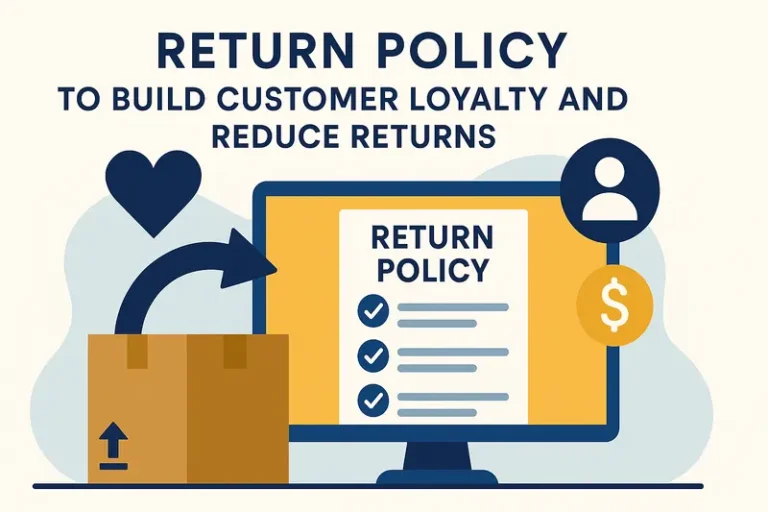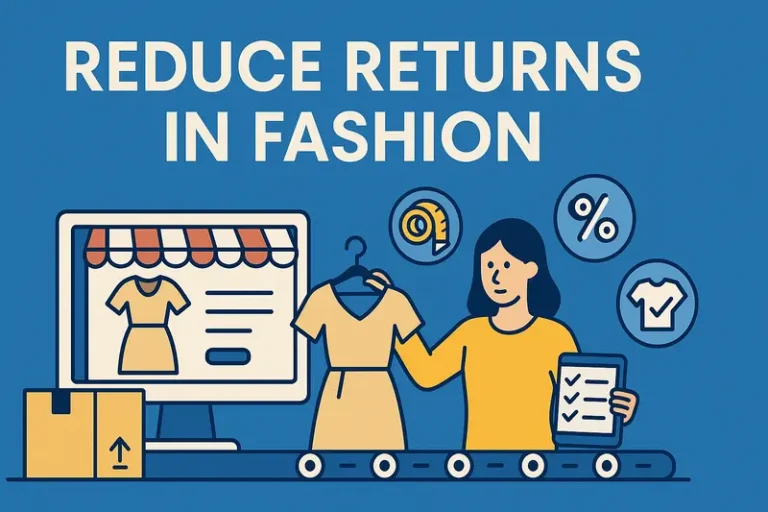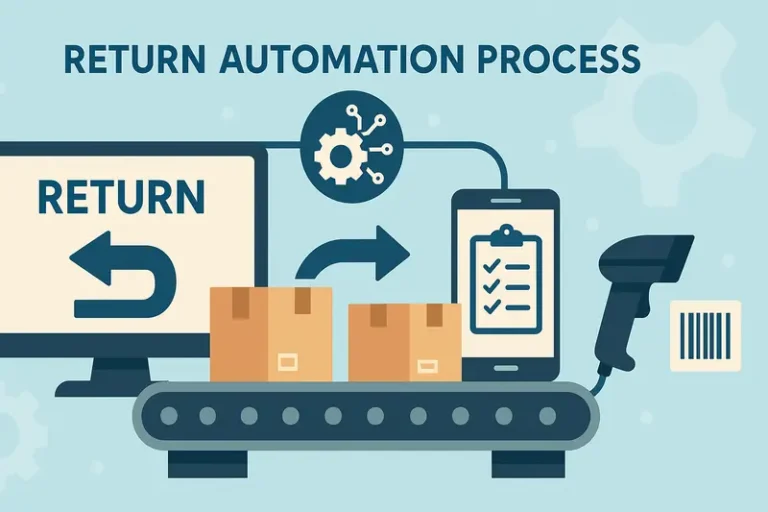How to Optimize Reverse Logistics

Last updated on February 24, 2025

Reverse logistics has emerged as a vital aspect of supply chain management in modern ecommerce, and its reach continues to expand. While it still includes the movement of goods from customers to retailers, it’s no longer limited to just handling returns. It encompasses customer communication and expectation setting, order and inventory management, repairs, recycling, resale, and recommerce and can have substantial revenue implications. With ecommerce return rates averaging 20–30% across categories, businesses must adopt innovative strategies to optimize reverse logistics to balance efficiency, profitability, customer relationships, loyalty, and sustainability. Implementing an effective reverse logistics strategy not only reduces operational costs but also enhances customer satisfaction while promoting sustainability efforts.
What is Reverse Logistics?
Reverse logistics refers to a specialized segment of supply chain management that focuses on the movement of goods from the customer back to the retailer or manufacturer. The process is initiated for various reasons, including product damage, seasonal inventory adjustments, restocking, salvage, recalls, or managing excess inventory. It crucially enables companies to regain value from returned products, reduce waste, and significantly improve customer satisfaction. By efficiently handling returns, businesses can enhance their overall supply chain performance and foster stronger customer relationships.
Reverse Logistics vs. Traditional Logistics
While traditional logistics involves the forward movement of goods from the manufacturer to the customer, reverse logistics focuses on the backward flow of products from the customer back to the retailer or manufacturer. The primary distinction between the two lies in the direction of product flow. Traditional logistics aims to ensure timely and efficient delivery of products to customers, optimizing the supply chain to meet demand. In contrast, reverse logistics deals with the complexities of retrieving products from customers, managing returns, and processing these items for resale, refurbishment, or disposal. This reverse flow is essential for managing returns efficiently, reducing waste, and maintaining customer satisfaction, making reverse logistics a critical component of modern supply chain management.
Make Returns Profitable, Yes!
Cut shipping and processing costs by 70% with our patented peer-to-peer returns solution. 4x faster than traditional returns.
See How It WorksThe Importance of Reverse Logistics
Reverse logistics has become a pivotal part of retail success, influenced by changing consumer desires and behavior. For example, well over 50% of online shoppers now report engaging in “bracketing,” the practice of purchasing multiple product variations to return those that do not meet their needs. This necessitates sustainability programs that mitigate the increased environmental considerations, as estimates put the carbon emissions related to reverse logistics near 25% of the total ecommerce footprint.
Returns management impacts operational costs and brand loyalty, as customers are significantly more likely to make repeat purchases following a retailer’s smooth returns experience. Clear and comprehensive return policies can significantly improve customer service by making the returns experience straightforward, providing a competitive edge in the market.
Optimized reverse logistics delivers numerous advantages, from enhanced inventory management and quick reintegration of resellable items, to streamlined processing for reducing operational expenses, to refurbishing and reselling non-new items to generate creative income streams where products might otherwise have gone to the landfill. Efficient returns handling software and processes build customer trust and loyalty, and proper recycling and waste management mitigate sustainability challenges.
What is the Reverse Logistics Process?
The reverse logistics process is multifaceted, involving several key components that work together to manage returns, reduce waste, and enhance customer satisfaction. These components include:
- Returns Management: This involves overseeing the return of products from customers, including processing refunds, exchanges, and repairs. Effective returns management ensures a smooth and hassle-free return process, which is crucial for maintaining customer satisfaction.
- Return Policy and Procedure (RPP): Establishing a clear return policy and procedure is essential. An effective policy should outline the rules and guidelines for returning products, ensuring that customers are well-informed and that the return process is consistent and transparent.
- Remanufacturing, Refurbishment, or Replacement: This involves repairing or replacing defective products or remanufacturing items to make them suitable for resale. By refurbishing returned products, companies can reduce waste and recapture value.
- Packaging Management: Managing the packaging of returned products is vital to minimize waste and reduce the environmental impact of returns. This includes using sustainable packaging materials and optimizing packaging processes.
- Unsold Goods: This component deals with managing unsold products returned from retailers or distributors. Strategies may include disposing of, recycling, or reselling these products to minimize losses and reduce waste.
- End-of-Life (EOL) Products: Managing products that have reached the end of their life cycle involves recycling, refurbishing, or disposing of these items responsibly. This component is crucial for sustainability and reducing the environmental footprint of returns.
- Delivery Failure: Handling failed deliveries involves re-routing or re-delivering products to customers. Efficient management of delivery failures ensures that customers receive their products promptly, maintaining customer satisfaction.
By understanding and effectively managing these components, companies can develop robust reverse logistics processes that optimize returns management, reduce waste, and enhance customer satisfaction.
Convert Returns Into New Sales and Profits
Our peer-to-peer returns system instantly resells returned items—no warehouse processing, and get paid before you refund.
I'm Interested in Peer-to-Peer ReturnsCore Strategies for Optimization
1. Technology Integration: Integrating advanced technologies is key to streamlining reverse logistics operations and optimizing inventory management. Solutions include:
- Warehouse Management Systems (WMS), which enable real-time tracking and management of returns and exchanges, centralizing all customer communication, automating where possible, and creating and managing workflows for maximum efficiency.
- Inventory Management Systems (IMS) are used to authorize customer returns, return shipping, inspection, categorization, and resale/redistribution of returned goods.
- Implementing software systems that create efficient return and exchange workflows, enabling customers with a self-service portal and a consistent but straightforward process for making returns, requesting exchanges, and suggesting upsell and cross-sell items to retain revenue rather than providing full refunds. Employing robotic systems for sorting, inspecting, and storing returned items to remove as much of the human from the process as possible, decreasing the returns program’s overall cost.
2. Data-Driven Decision-Making: Closely analyzing data can provide valuable insights into returns management trends and help address root causes to prevent future returns. Retailers can:
- Capture and analyze the reasons for returns and fix the issues, such as manufacturing defects or inaccurate product descriptions, that are leading to mismatched customer expectations.
- Use returns data to improve product design and to design new products that align offerings with customer preferences.
- Use returns data to implement disposition rules that streamline returns processing to reduce the time to resale.
- Use predictive analytics to forecast returns and optimize inventory procurement.
3. The Importance of Sustainability: Environmental responsibility is an integral part of modern reverse logistics. Strategies include:
- Repairing/refurbishing and reselling returned items to minimize waste.
- Partnering with local organizations to recycle unsalvageable products.
- Investing in durable shipping materials to reduce packaging waste.
- Engaging in the circular economy and encouraging recommerce through platforms like ThredUp and Arrive Recommerce.
4. Customer-Centric Solutions: Prioritizing customer experience ensures loyalty and reduces friction. Retailers should:
- Offer multiple return options, including in-store returns, home pick-up, and drop-off points such as lockers.
- Implement a clear and transparent return policy and prominently display the details using simple website language.
- Offer printerless and boxless return solutions with easy-to-follow procedures.
- Provide regular status updates and quick refunds to reinforce trust and transparency.
5. Consolidation and Localization: Consolidating returns locally can significantly reduce costs and environmental impact by reducing the transportation burden. However, this is not a one-size-fits-all strategy. For example, high-value items, seasonal items, or those in high demand in a particular region should be sent directly to the store or warehouse most likely to resell or ship the item(s) quickly to maintain resale value.
6. Policy Development: Developing competitive yet viable return policies is essential for efficient supply chains. Key practices include:
- Implementing category-specific restrictions to manage expectations and costs.
- Setting clear guidelines for handling high-value items.
- Offering premium return and/or exchange services for VIP customers, such as free returns or bonus store credit for exchanges.
- Training staff to handle returns efficiently or partnering with specialized third-party logistics providers to outsource returns operations and minimize expenses.
No More Return Waste
Help the planet and your profits—our award-winning returns tech reduces landfill waste and recycles value. Real savings, No greenwashing!
Learn About Sustainable ReturnsSummary
Optimizing reverse logistics is no longer optional. It has become essential for thriving in today’s modern ecommerce landscape. Technological advancements and evolving consumer behavior patterns will shape its future. Retailers should explore innovations such as agentic artificial intelligence to create a more robust and personalized customer experience that operates 24/7/365. Blockchain technology can improve transparency and traceability within the supply chain. At the same time, collaborative platforms enable logistics solutions from outsourcing returns entirely to helping offload inventory through third-party recommerce channels. Businesses must also prioritize sustainability, integrating eco-friendly practices to meet consumer expectations, and it’s also just good citizenship. Balancing customer convenience with cost control will remain a central challenge, requiring continuous adaptation and investment in innovative returns solutions. A well-executed reverse logistics strategy minimizes costs, strengthens customer relationships, and reinforces a brand’s commitment to environmental responsibility.
Frequently Asked Questions
What is reverse logistics?
Reverse logistics refers to the process of moving goods from customers back to retailers or manufacturers for reasons such as returns, repairs, recycling, or disposal. It aims to regain value from returned products, reduce waste, and improve customer satisfaction.
How does reverse logistics differ from traditional logistics?
Traditional logistics focuses on the forward movement of goods from manufacturers to customers, while reverse logistics deals with the backward flow of products from customers back to retailers or manufacturers. Reverse logistics involves managing returns, refurbishing products, and reducing waste.
Why is reverse logistics important for ecommerce businesses?
Reverse logistics is crucial for ecommerce businesses as it helps manage returns efficiently, reduce operational costs, and enhance customer satisfaction. It also supports sustainability efforts by minimizing waste and promoting recycling and refurbishment.
What are some core strategies for optimizing reverse logistics?
Core strategies for optimizing reverse logistics include integrating advanced technologies, analyzing data for decision-making, prioritizing sustainability, offering customer-centric solutions, consolidating returns locally, and developing competitive return policies.
Turn Returns Into New Revenue
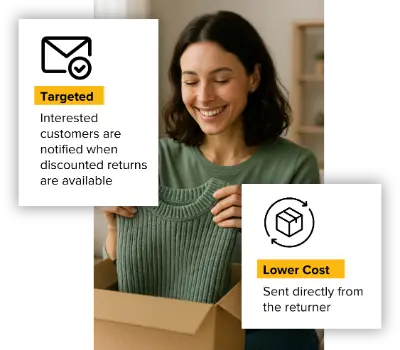

 9 minutes
9 minutes
